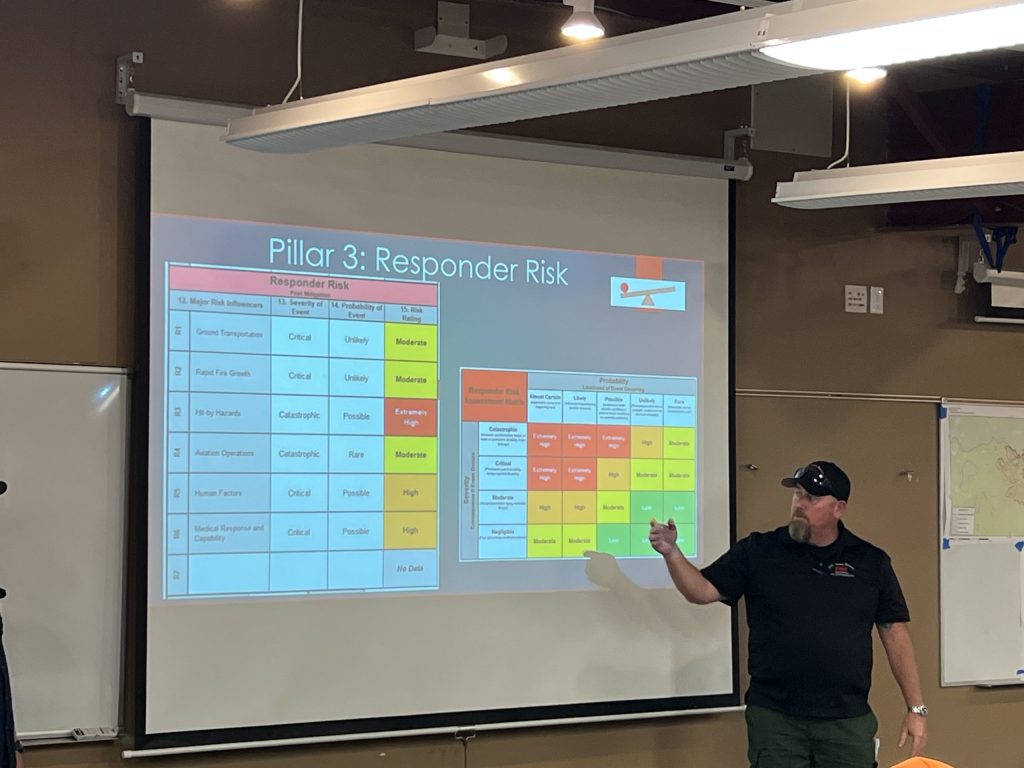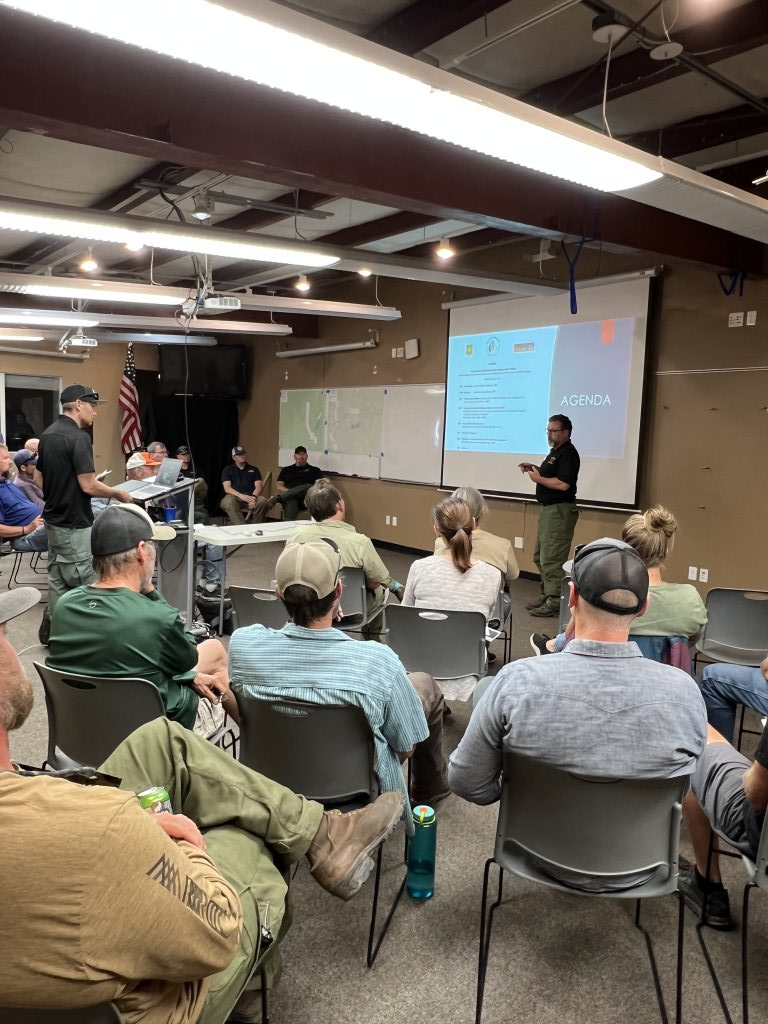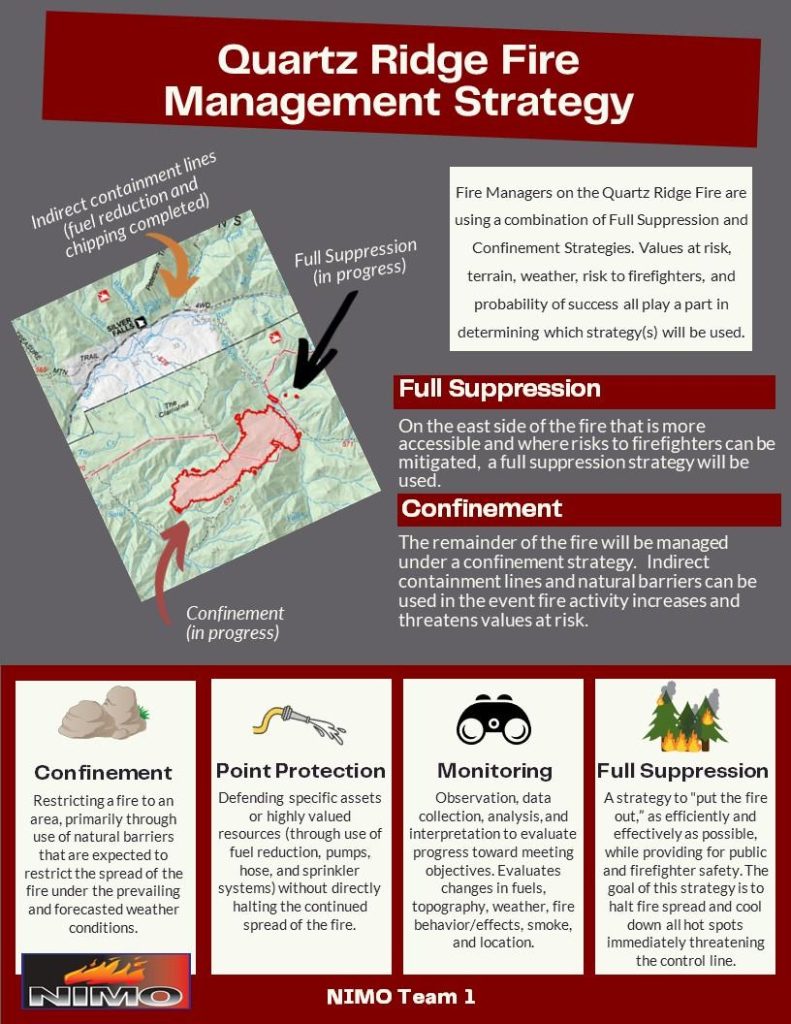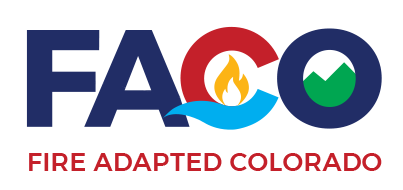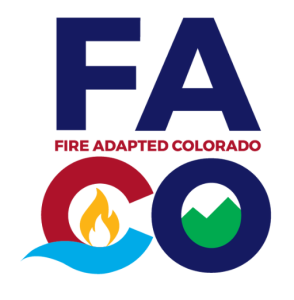Minimizing Risk; Completing IncidentObjectives
It’s an understatement to simply say that social dynamics are a critical part of fire management, and one aspect critical to improving outcomes is understanding how internal organizational factors interact with external social factors. As wildfire resilience leaders, our interactions with the public are one way we tell the story, offering us an opportunity to shape the narrative.
A strategy recently utilized in Colorado’s 2023 fire season in the San Juan National Forest (SJNF) is the emphasis on the completion of incident objectives, including “confinement utilizing terrain features” over traditional “black-line” containment of these fires. Rather than focusing on traditional norms such as “% contained” or that a fire is “controlled” with respect to fire management objectives, reframing the language incorporates managing both risk and expectations while achieving incident objectives.
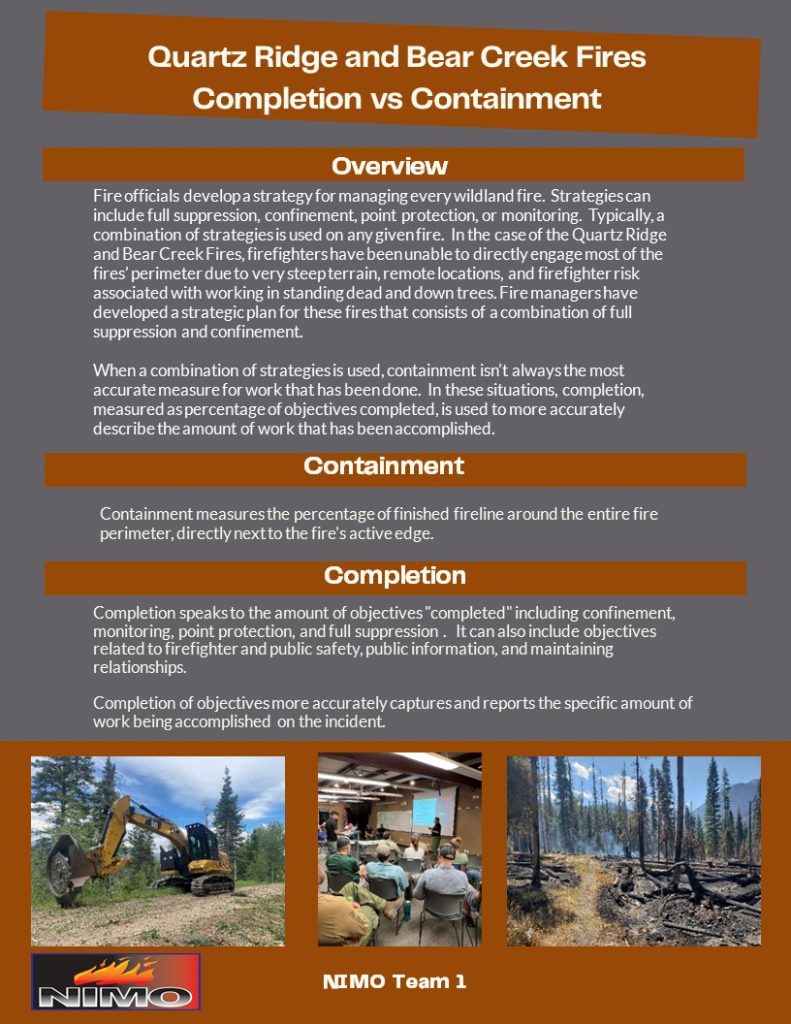
While minimizing risk has always been a part of managing wildfires, using the Incident Strategic Alignment Process (ISAP) offers a better way to apply risk management principles to incidents by identifying risk and selecting strategies with the greatest probability of success. Combining short-term tactical actions and consequences with long-term strategic actions that match the larger national fire management objectives. ISAP uses the most current science-based analytics, combined with experience, to choose the best options to achieve desired outcomes.
On August 18th, stakeholders with the San Juan Headwaters Forest Health Partnership (SJHFHP) were invited to meet with the National Incident Management Organization (NIMO) Team 1 and SJNF representatives to discuss how the Forest and Incident Management Team assesses risk and use those evaluations to inform decisions in fire management. The ISAP was used on several recent fires on the SJNF, including the Dry Lake, Quartz Ridge, Bear Creek, and Mosca Fires.
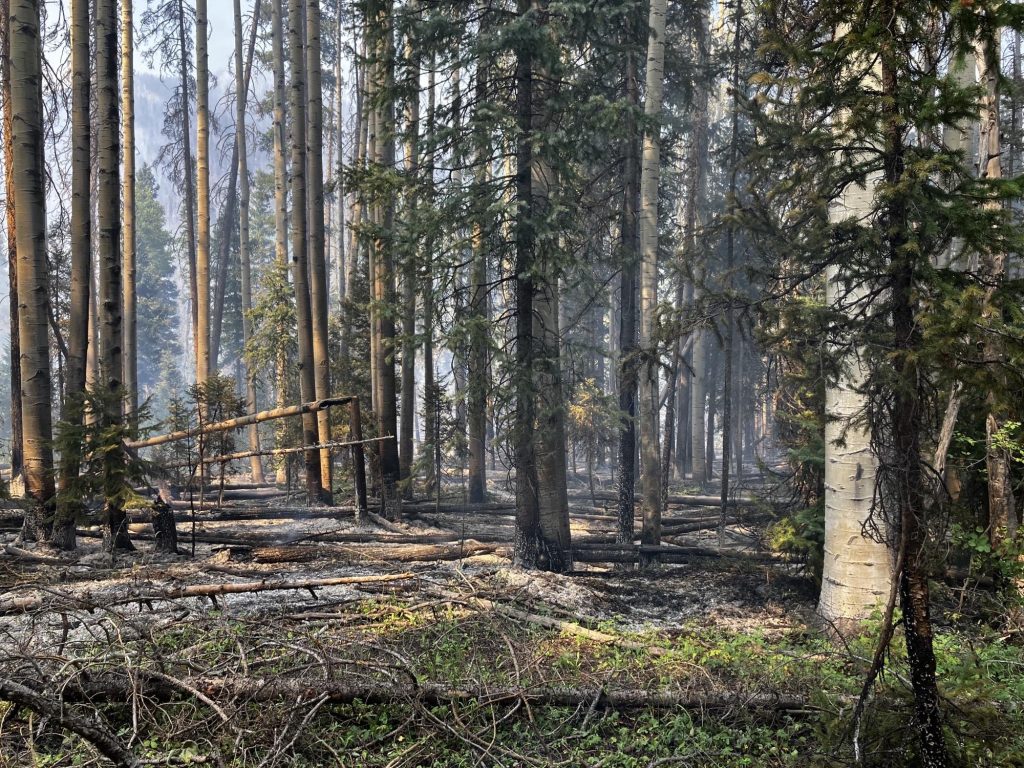 The ISAP process assesses Critical Values at Risk, Strategic Actions, Responder Risk, and Probability of Success, providing fire managers and decision-makers an analysis of the tradeoffs being made for different actions on the fire. The Bear Creek and Quartz Ridge fires are located in remote, steep, hazardous terrain. These forested areas contain up to 95% dead-standing trees, also known as snags. Snags are a leading cause of firefighter fatalities. Fuels reduction efforts allow snags to burn in favorable conditions rather than when conditions are hotter, drier, and more explosive. Utilizing the ISAP process, intended outcomes are intentional, deliberate, and safe actions that implement positive changes on the landscape while reducing risk to communities and other critical values. Ideally, injuries and fatalities will be prevented by strategic planning that places firelines in the safest areas with the highest likelihood of success.
The ISAP process assesses Critical Values at Risk, Strategic Actions, Responder Risk, and Probability of Success, providing fire managers and decision-makers an analysis of the tradeoffs being made for different actions on the fire. The Bear Creek and Quartz Ridge fires are located in remote, steep, hazardous terrain. These forested areas contain up to 95% dead-standing trees, also known as snags. Snags are a leading cause of firefighter fatalities. Fuels reduction efforts allow snags to burn in favorable conditions rather than when conditions are hotter, drier, and more explosive. Utilizing the ISAP process, intended outcomes are intentional, deliberate, and safe actions that implement positive changes on the landscape while reducing risk to communities and other critical values. Ideally, injuries and fatalities will be prevented by strategic planning that places firelines in the safest areas with the highest likelihood of success.
I appreciate that the IMT initiated a conversation with SJHFHP stakeholders to better their understanding of the planning process, incident objectives, and desired outcomes so that these stakeholders can continue to communicate these benefits with the external audiences they interact with long after the smoke is gone.